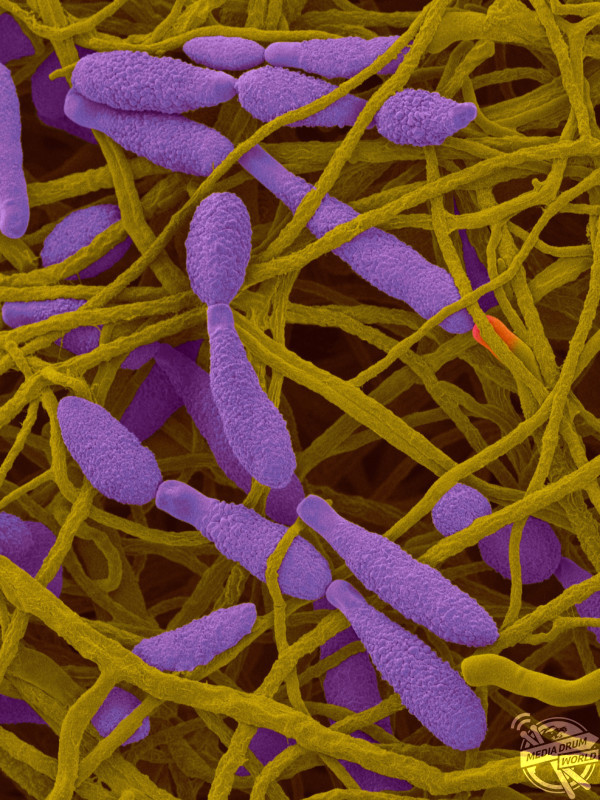Mould in the Home
By Rebecca Drew
EYE-OPENING images have revealed the harmful mould spores that could be lurking in your home this winter.
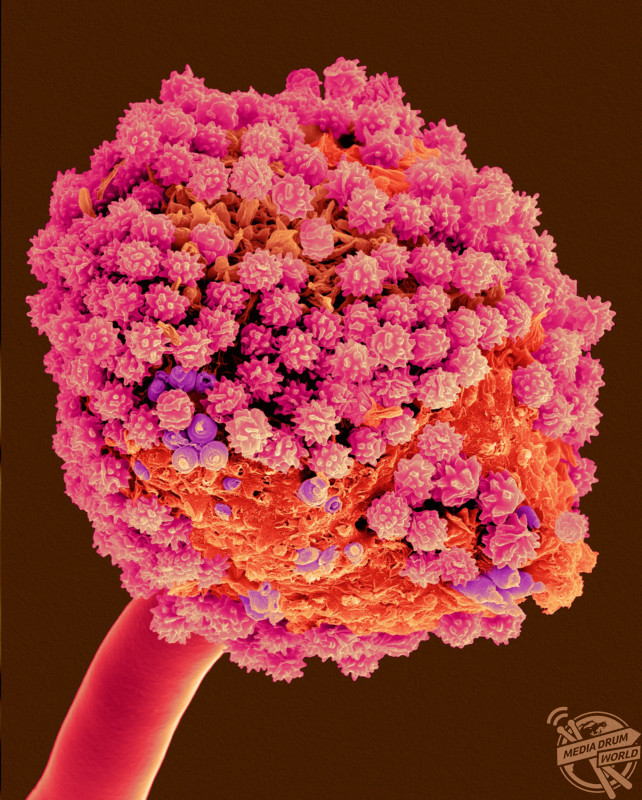
The series of coloured scanning electron micrographs (SEM) take a closer look at a purple coloured green mould which occurs on water damaged carpets and in building materials. Other moulds under scrutiny include toxic mould which is poisonous when inhaled and black mould that grows on stale bread and household dust.
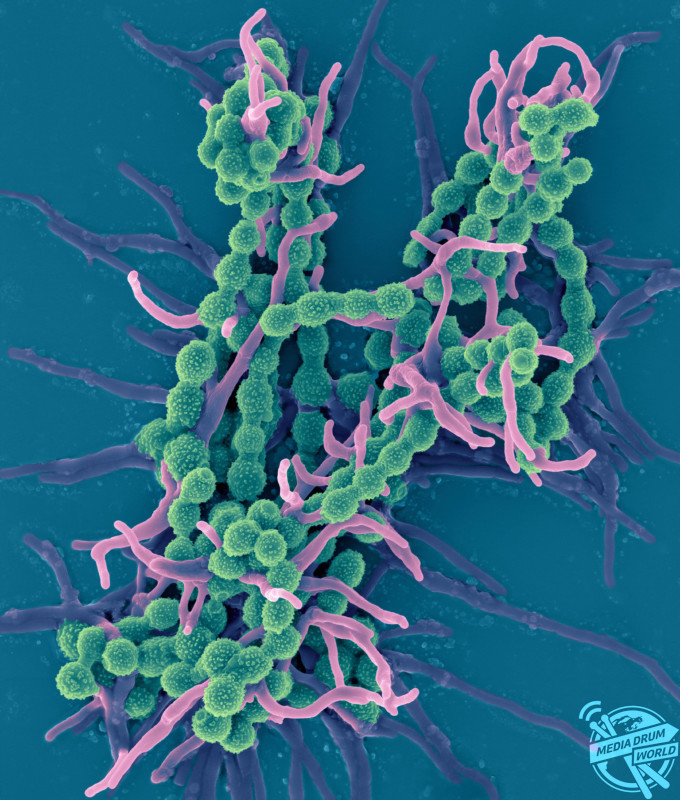
In one image, colourful spores of Scopulariopsis brevicaulis found on soil, feathers and plasterboard form an interesting pattern.
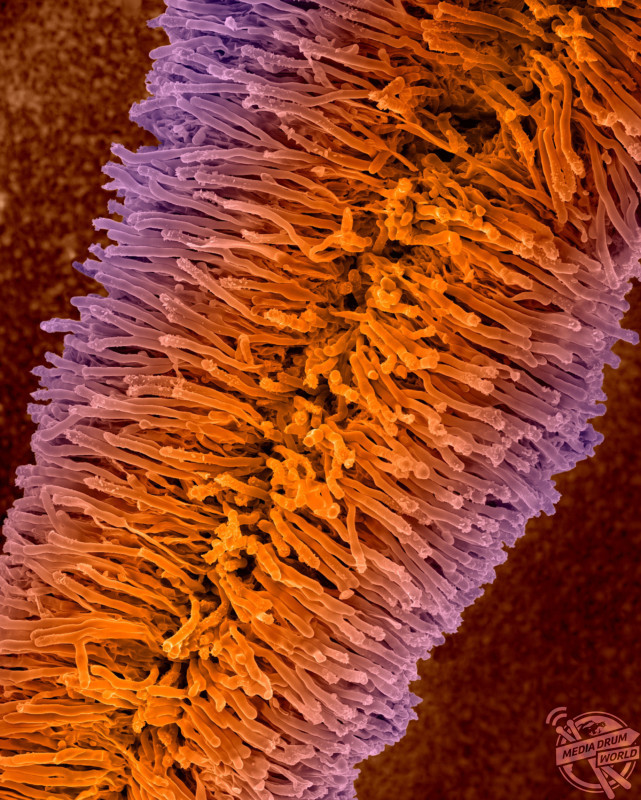
The fascinating pictures were taken by award-winning Hawaii based microscopist, Dennis Kunkel.

“I have worked with researchers on mould and fungi over the past forty years and find their biological diversity an important part of the environment,” said Dennis.
“I worked with many mycologists and clients who supplied fungi for me to photograph.
“Using electron microscopy methods and imaging reveals many things about fungal morphology and the diversity of fungi in our environment.
“The most interesting aspect of fungi are the environmental interactions with other organisms.”
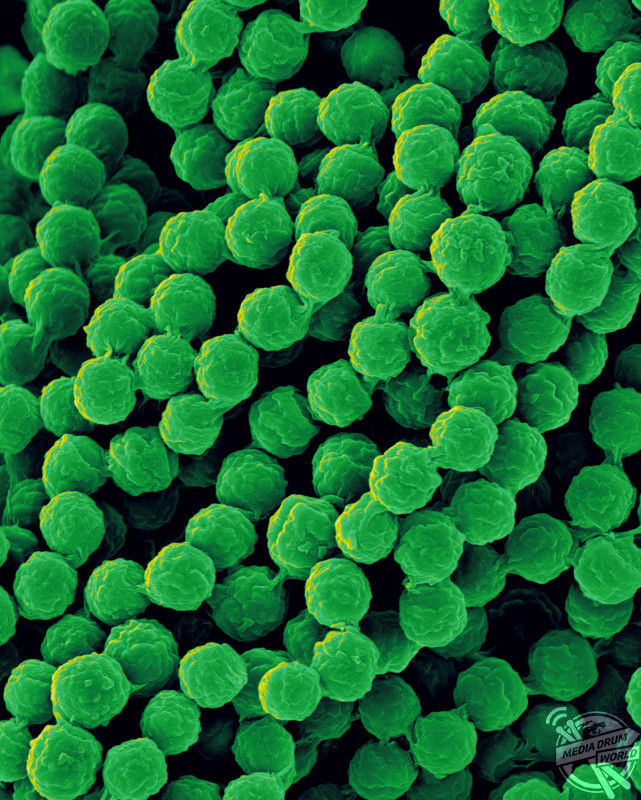
Mould grows indoors when its spores land on wet environments which encourage it to grow. It produces allergens that can be harmful to human health, leading to runny noses, red eyes, asthma attacks and skin rashes if inhaled or touched.

